Imagine 2200: Write the future (short story fiction contest) – Grist Magazine

Submissions are now open for the 2023/2024 Imagine 2200 climate fiction short story contest, celebrating the futures we want to see.
Grist is excited to announce our third-annual climate fiction short story contest, Imagine 2200: Climate Fiction for Future Ancestors.
Imagine 2200 is an invitation to writers from all over the globe to imagine a future in which solutions to the climate crisis flourish and help bring about radical improvements to our world. We dare you to dream anew…
Anacapa Island – Will Adler
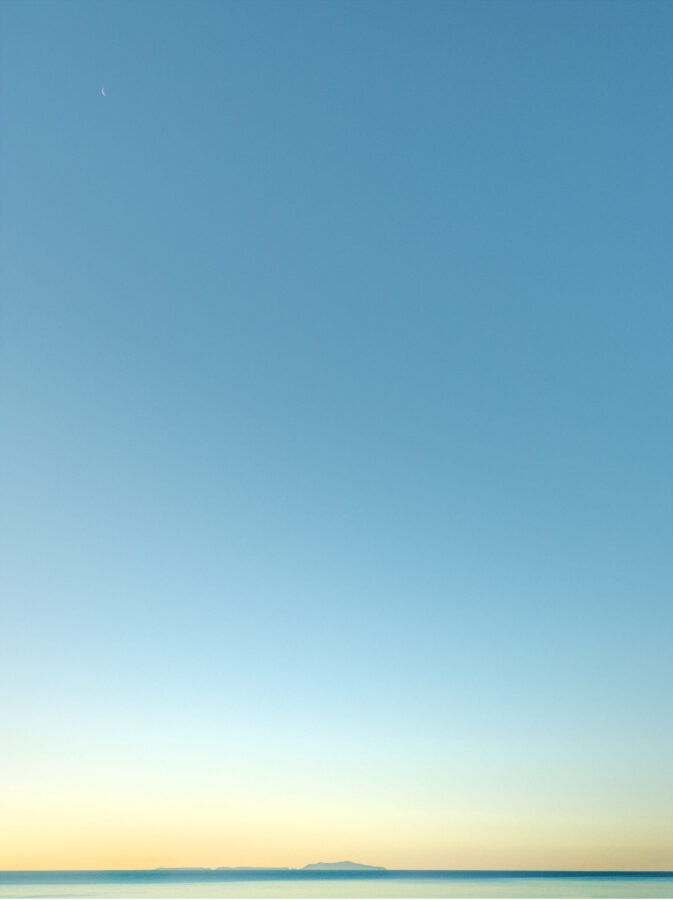
Santa Barbara-based photographer Will Adler has an eye for creating beautiful sharp, yet disorienting images. The photographs confuse and crop reality that asks the viewer to question the truth of the photograph and consider the manipulation of lighting and perspective that photography involves. Some are absurdly deadpan, straight photographs, while others are noticeably more intricate in their staging. Adler’s collections of photos push us back and forth, in and out of reality, all with a sly wink of humor that keeps you grinning.
-Juxapoz Magazine
Sea level rise looms, even for the best-prepared country on Earth – MONGABAY
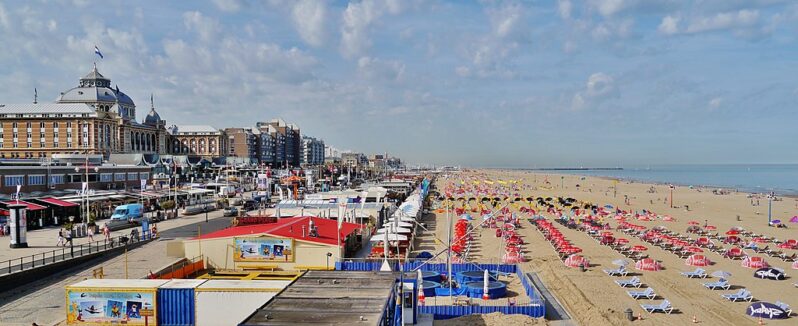
With more than a quarter of its land below sea level, the Netherlands has been going to great lengths to protect itself from the impacts of climate change, including sea level rise and extreme weather events like heavy rain. But even with the wealth and experience to address these issues, the future remains uncertain, mainly because a range of possible scenarios could play out after 2050…A misty rain blows against my face as I follow Farah Obaidullah along Scheveningen Beach in the northwest part of The Hague. Despite the wind and drizzle, the shoreline feels calm. Gray waves roll into the sand like long, deep breaths. Machines have raked the beach into a well-manicured carpet of grains and shell fragments…
Microworlds: Bugs on the Rocks – Hakai Institute
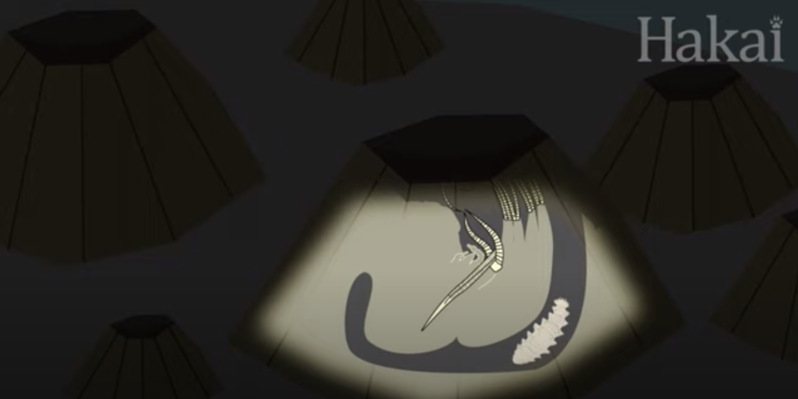
If you thought sand was tough enough for insects, meet the bugs that make a living on British Columbia’s rocky seaside, where conditions swing wildly between extremes. One moment, they could drown. The next? Get baked in the sun. But certain strange-looking creatures have adapted to life on the edge here…
One-third of India’s coastline is vulnerable to erosion, impacting coastal communities – The New In
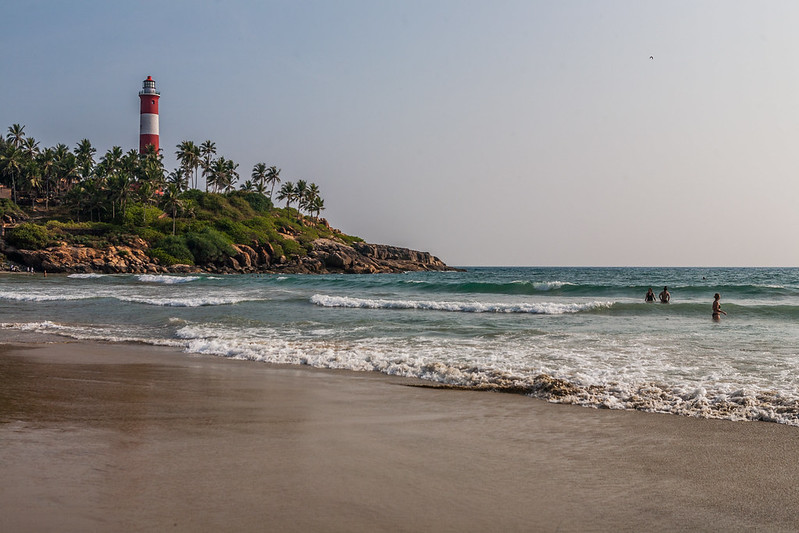
The Centre has observed that 33.6 per cent of the Indian coastline was vulnerable to erosion, 26.9 per cent was under accretion (growing), and 39.6 per cent was in a stable state.
One-third of India’s coastline is vulnerable to erosion, impacting coastal communities residing in erosion-prone areas, including fishermen communities…
From Gas Wells to Rubber Ducks to Incineration, the Plastics Lifecycle Causes ‘Horrific Harm’- Inside Climate News
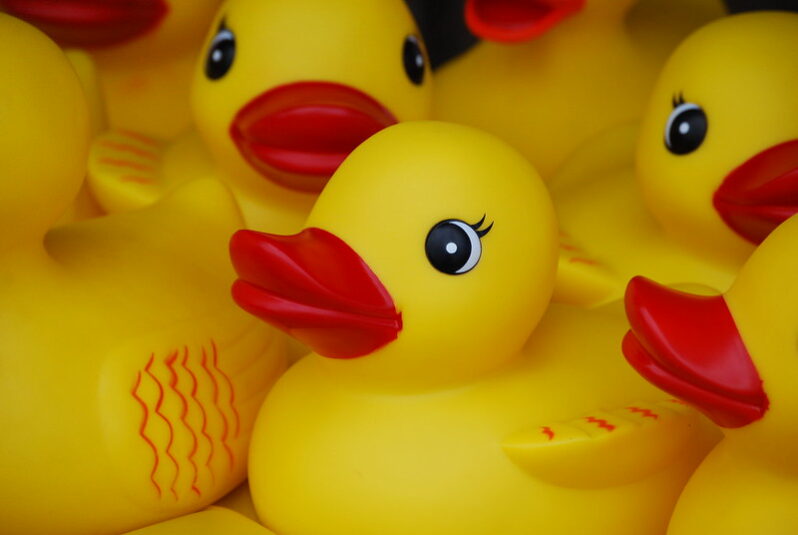
With plastic production expected to triple by 2060, a scientific commission this week recommended banning or severely restricting the manufacture and use of unnecessary plastics.
Plastic causes illness and death across its lifecycle, from production to use and disposal, a team of nearly 50 scientists concludes in a report made public Tuesday…
In the wake of historic storms, Māori leaders call for disaster relief and rights – Grist Magazine
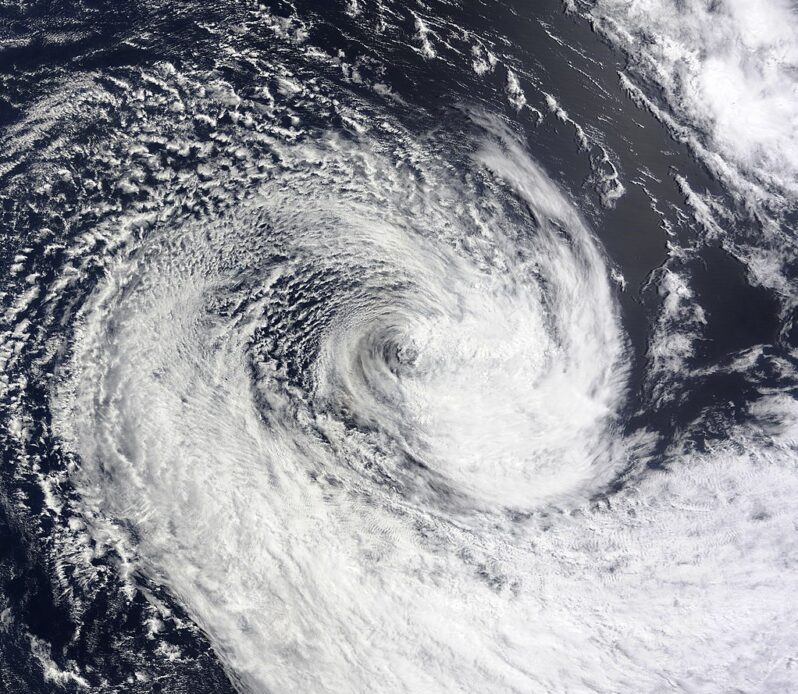
In the wake of historic storms, the Māori say New Zealand must center Indigenous peoples in climate disaster plans…“Because climate events have gotten more and more intense, it’s at a point of our communities will either get wiped out through more storms or have to choose to leave their homelands,” Renee Raroa, a Ngati Porou Māori representative from Mana Taiao Tairāwhiti in eastern New Zealand, said. “We’re running out of options…”
How do you tackle microplastics? Start with your washing machine – the Grist
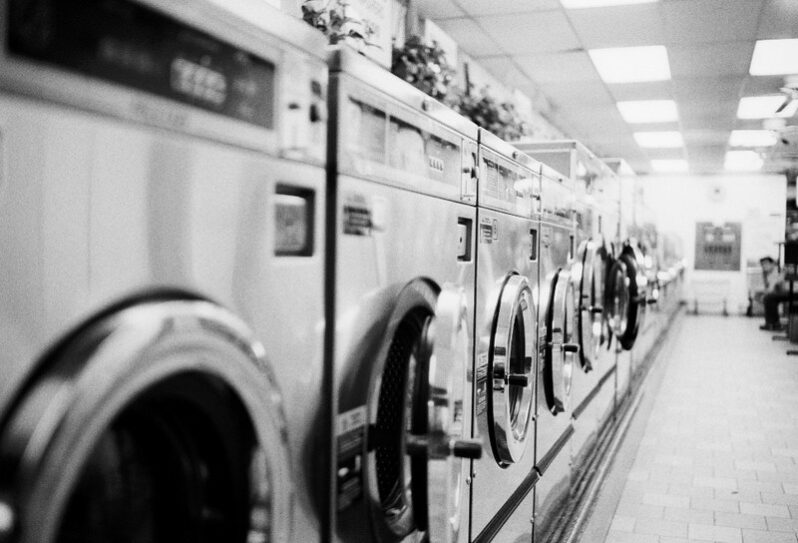
Simple filters could help remove microfiber pollution from your laundry. But experts say a broader portfolio of solutions is needed to address the problem.
As environmental challenges go, microfiber pollution has come from practically out of nowhere. It was only a decade or so ago that scientists first suspected our clothing, increasingly made of synthetic materials like polyester and nylon, might be major contributors to the global plastic problem…
Surprising Creatures Lurk in the Great Pacific Garbage Patch – Scientific American
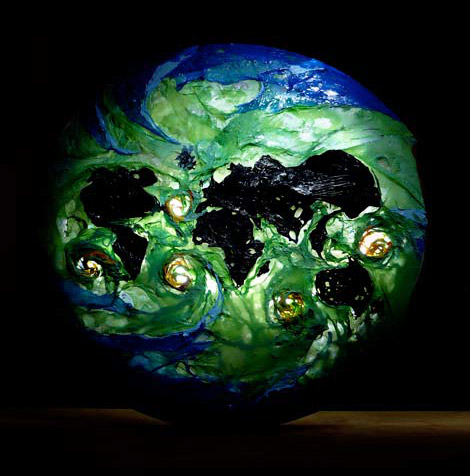
Scientists have long known that critters such as worms, crustaceans and mollusks could make their home on plastic debris. Animals have even crossed the Pacific Ocean on these makeshift rafts after a devastating tsunami struck Japan in 2011. But new research published on April 17 in the journal Nature Ecology & Evolution adds two details that could be concerning for existing ecosystems. First, it finds that plastic is providing a home for coastal species to thrive in the open ocean thousands of miles from shore. Second, some of these species are reproducing despite the alien environment…
